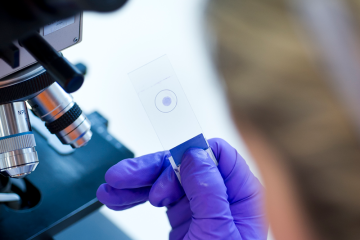Project grant
Development of cell based assays as replacement assays for Botulinum toxins and antitoxins

At a glance
Completed
Award date
December 2010 - December 2014
Grant amount
£337,693
Principal investigator
Dr Dorothea Sesardic
Co-investigator(s)
Institute
National Institute for Biological Standards and Control
R
- Replacement
Read the abstract
View the grant profile on GtR
